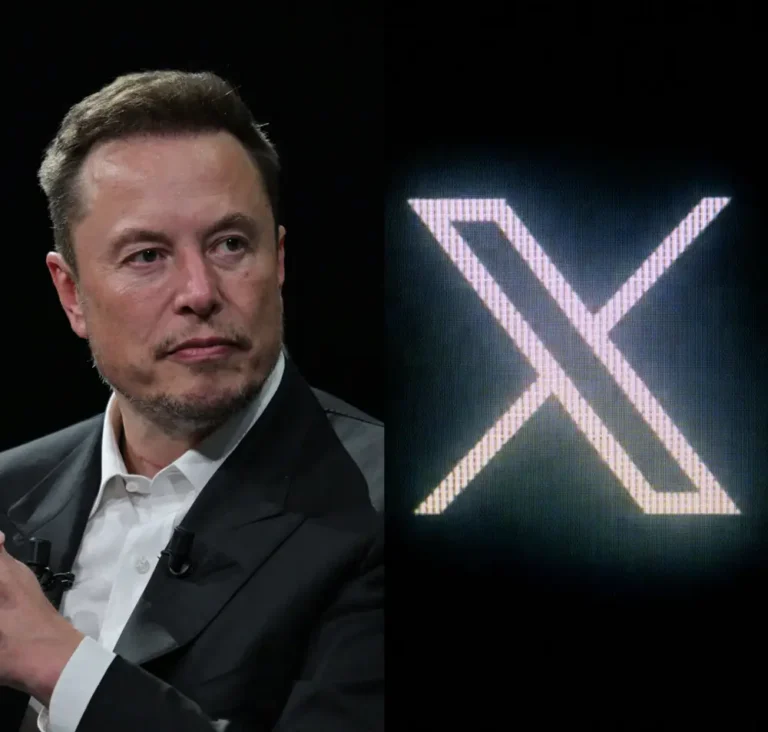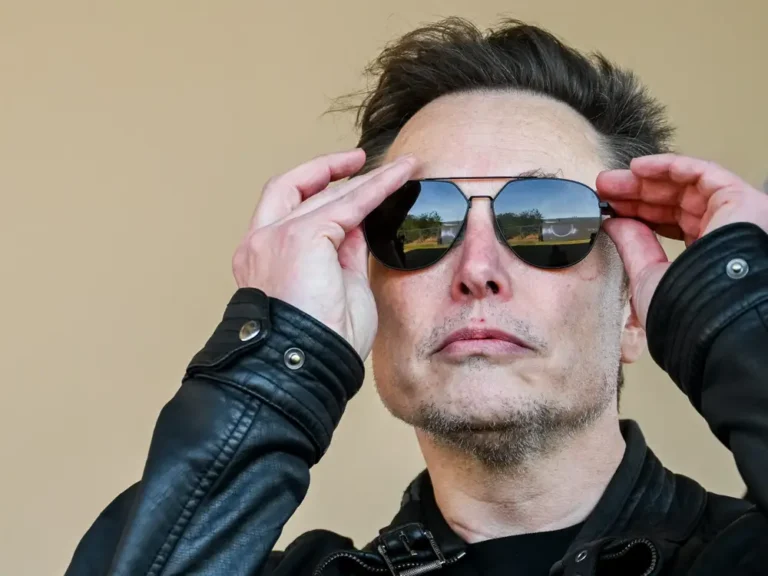Sam Altman believes wars will be fought over AI unless there’s massive spending on infrastructure. But that comes with a cost.

Leaders in the AI industry are calling for massive investments to create enough infrastructure to develop the technology. Experts warn the development will come with a high social and environmental cost.
In a Monday blog post, OpenAI CEO Sam Altman argued that massive investment in AI infrastructure is key to market dominance — and avoiding global conflict.
“If we want to put AI into the hands of as many people as possible, we need to drive down the cost of compute and make it abundant (which requires lots of energy and chips),” Altman wrote. “If we don’t build enough infrastructure, AI will be a very limited resource that wars get fought over, and that becomes mostly a tool for rich people.”
While promoting the development of AI infrastructure is the new focus of industry leaders like Altman, researchers on the technology’s social, environmental, and economic impacts told B-17 that the development of the data centers and hardware systems needed to achieve artificial general intelligence or superintelligence will cost far more than money.
Representatives for OpenAI did not respond to a request for comment from B-17.
A sharp industry focus on AI infrastructure
The new hot topic in artificial intelligence is infrastructure — investing in it, planning a massive expansion of computing power, and creating the data centers needed to develop the technology at scale.
Last week, Microsoft and BlackRock announced the launch of a $30 billion fund to “enhance American competitiveness in AI while meeting the growing need for energy infrastructure to power economic growth.”
Earlier this month, the White House hosted a roundtable with AI infrastructure leaders from around the country — including Altman and executives from Microsoft, Meta, Amazon, and Anthropic, among others — to “discuss steps to ensure the United States continues to lead the world in AI” and ensure the tech’s development is aligned with “national security, economic, and environmental goals.”
While some experts are cautiously optimistic about AI, others pointed to pitfalls in the rapid build-up of infrastructure.
AI’s unclear economic benefits
Alex de Vries, an economist and the founder of Digiconomist, a platform dedicated to exposing the unintended consequences of digital trends, told B-17 the current conversation on AI infrastructure is focused on the development of large-scale data centers, with industry insiders trying to convince national governments to greenlight expansion — despite unclear benefits.
“It costs a whole lot of resources, while data centers don’t generate that many benefits for the local economy — not too many jobs, very little other business activity because no one has to be near a data center,” de Vries said. “So for now, the trade-off is really bad.”
The return on investment in artificial intelligence is increasingly murky. With companies like OpenAI and others preparing to spend over $1 trillion on artificial intelligence in the coming years, a June Goldman Sachs report asked the question: “Are we spending too much for too little reward?”
Proponents of the technology argue it could eventually help save lives by revolutionizing the healthcare industry or, as the United Nations climate technology website suggests, “scaling up transformative climate solutions for mitigation and adaptation action in developing countries.” However, chatbots and image generators have been the most publicly celebrated advancements in AI from the major Big Tech players — and errors created by AI-generated content have been well documented.
In recent earnings calls, executives from Microsoft and Alphabet have repeatedly fended off investors’ questions about when to expect a return on their AI expenditures.
Shaolei Ren, an associate professor of electrical and computer engineering at the University of California, Riverside, told B-17 that, despite Altman’s prediction in his blog post that we could be “a few thousand days” from an AI superintelligence, he’s not optimistic that we’re as close as Altman says we are — and he argued OpenAI’s reliance on large language models is not the right path to get there.
Rather than a single model that can do it all, Ren said he believes the industry needs to focus on smaller, more specialized models that require fewer resources and can be built to handle more precise tasks.
“I think we need to shift the way we build AI, not just rely on bigger and bigger models,” Ren said. “This is not really sustainable or scalable.”
An environmental disaster in the making
Both de Vries and Ren said that beyond the financial costs, ensuring AI infrastructure is developed at the scale industry players like Altman seek comes with massive environmental costs.
“If you’re talking about large-scale data centers, they are going to be consuming a huge amount of power and a huge amount of water,” de Vries said.
He noted that data centers consume tons of water for their cooling systems — some of which evaporates, so it cannot be reused. Electricity consumption also skyrockets, driving up demand and increasing reliance on fossil fuels despite the industry’s use of renewable energy certificates (RECs).
Wind and solar companies generate RECs for each unit of energy they create and then sell them. Buyers of RECs can then say they source renewable energy, even if they’re using power from nonrenewable sources.
“The environmental consequences of a big surge in power demand are typically very, very bad — way, way worse than is being acknowledged by the Big Tech companies,” de Vries said.
A growing risk to the social order
That’s not to mention what Cary Coglianese, a professor of law and political science and the director of an interdisciplinary program focused on research on effective regulation at the University of Pennsylvania, describes as AI’s impact on “social ordering.”
While Coglianese describes himself as “cautiously optimistic” about the benefits of artificial intelligence, he said even if we achieve advanced uses for the tech, the feat will come with “trade-offs.”
“Any human endeavor that involves an optimization challenge can be made more efficient through artificial intelligence,” Coglianese said. “Some of those uses can be good, like finding malignancies on MRI scans — a great use of AI technology — but we’ll also be making much more efficient weapon systems, or automating weapon systems, or creating tools that can oppress people that can be made more, quote-unquote, ‘efficient.'”
In his blog post, Altman writes that the dawn of what he calls the Intelligence Age comes “with very complex and extremely high-stakes challenges.”
“It will not be an entirely positive story,” Altman wrote. “But the upside is so tremendous that we owe it to ourselves, and the future, to figure out how to navigate the risks in front of us.”
Altman didn’t mention the current negative social impacts AI is already causing — such as deepfakes infiltrating our political system, a proliferation of AI-generated revenge porn, and workers being replaced as companies increasingly invest in the tech.
“There’s a real disconnect between where the world is today socially and where it is technologically — and that’s something that the technologists and the techno-optimists can often overlook,” Coglianese told B-17. “I’m cautiously optimistic too, but we have to recognize that until we have a social ordering that’s different than it is, a new technology won’t be some magic elixir that will transform the globe into a utopia.”






